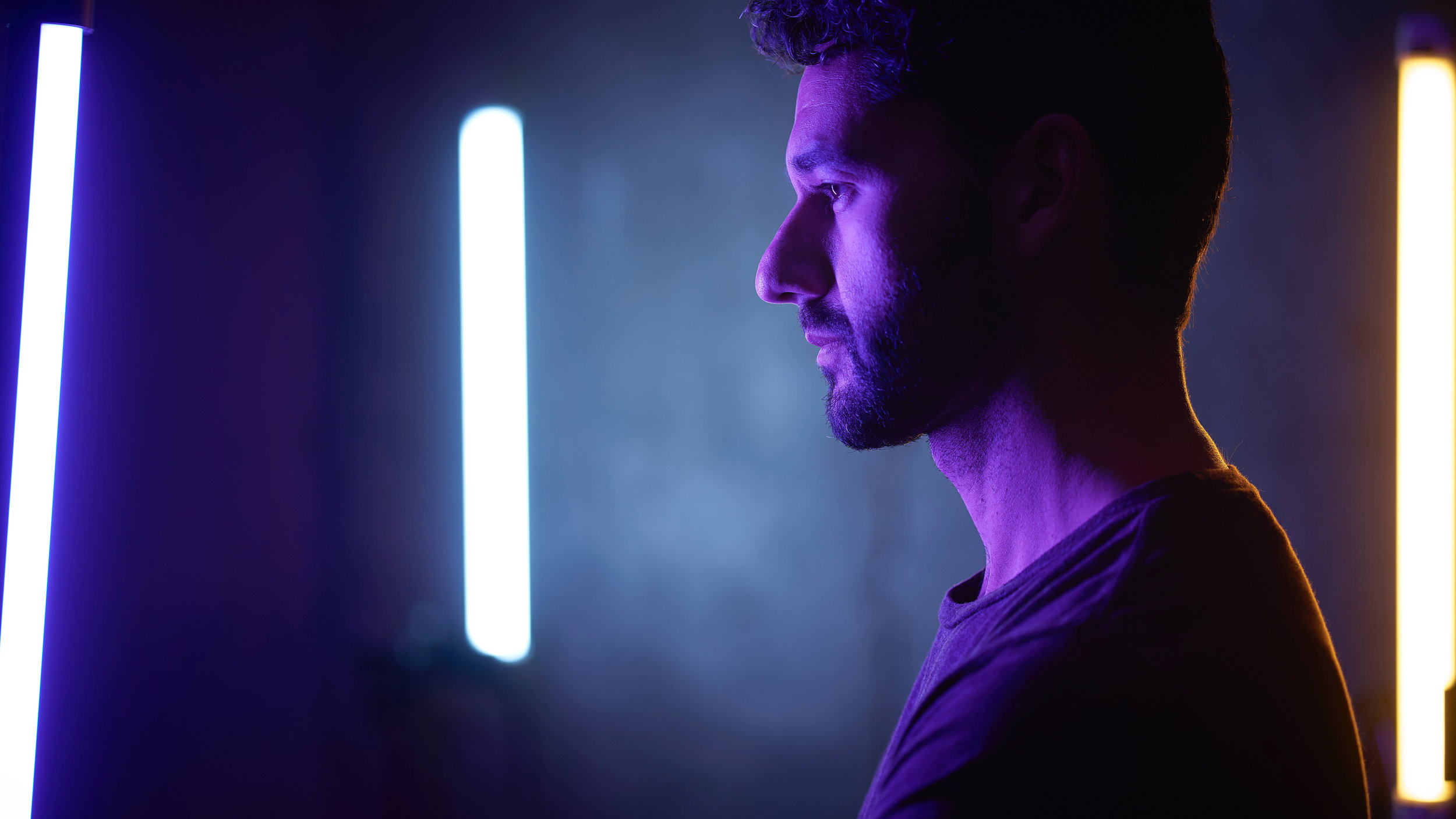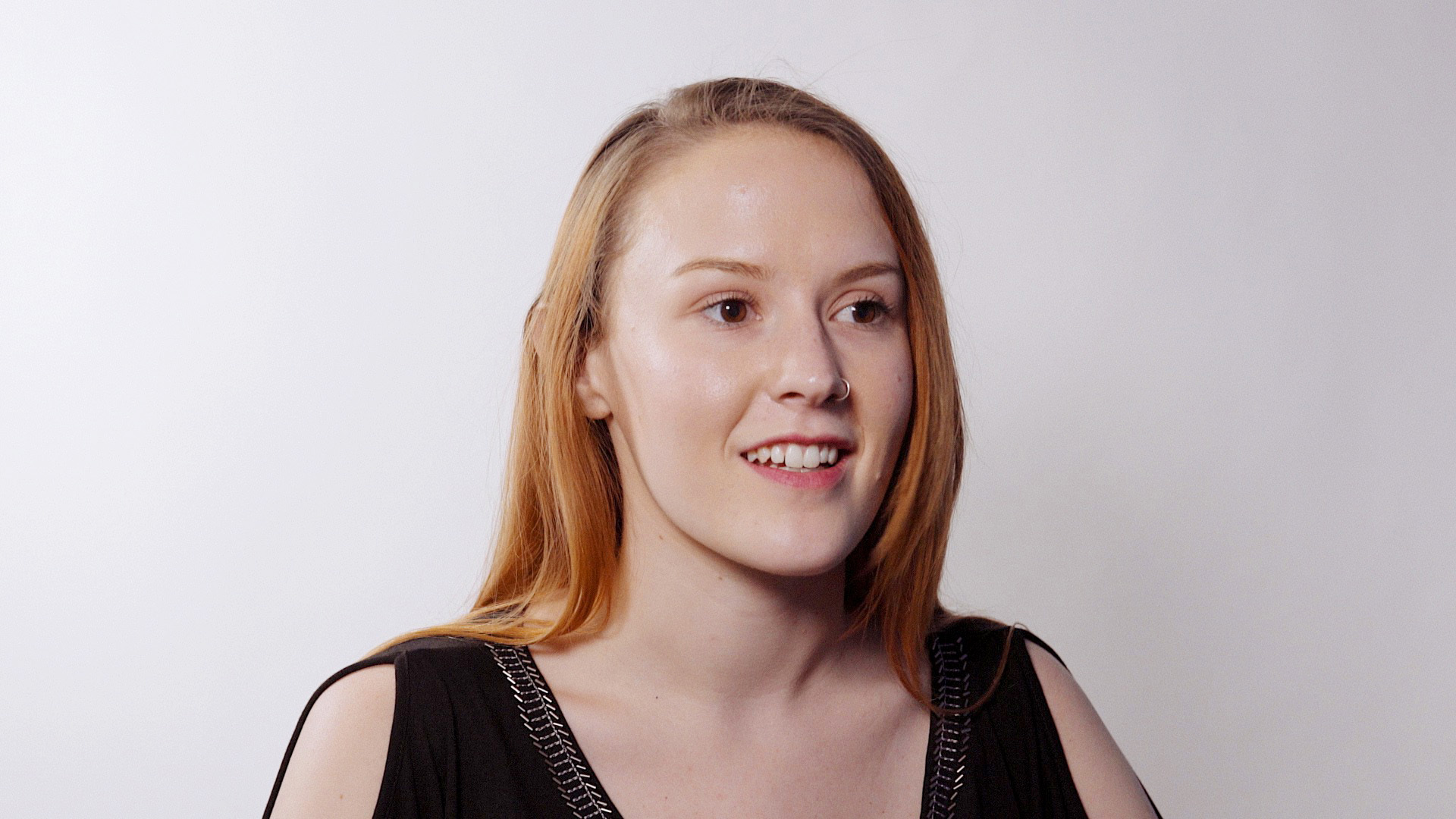Newly added to the kit is the Red Komodo 6k and the Canon C70 4k. I decided to let go of the Canon c300 mark II in favor of these two cameras which will complement each other for different tasks. I’ll be using the Komodo for A cam in interviews and C70 for B cam where I’ll be able to maintain multi channel XLR audio for the boom or lav audio. The C70 will be great for handheld and tracking shots with built in image stabilization and ND filters and excellent face recognition for lock on auto focus. Meanwhile, it still provides a very good codec for post processing and color grading. Both cameras offer some slow motion, but the C70 gets great 120p in 4k while the Komodo is somewhat limited in super slow-mo. The Komodo will of course give me expanded color accuracy and grading possibility with Red raw and will be the choice in the situations that demand it. Color matching between the two for multi-cam is a cinch with removing a couple points of magenta out of the Canon’s highlights.
In the studio with Canon c70 on left and RED Komodo on right.
RED Komodo 6k with Sigma 50-100 f/1.8.









